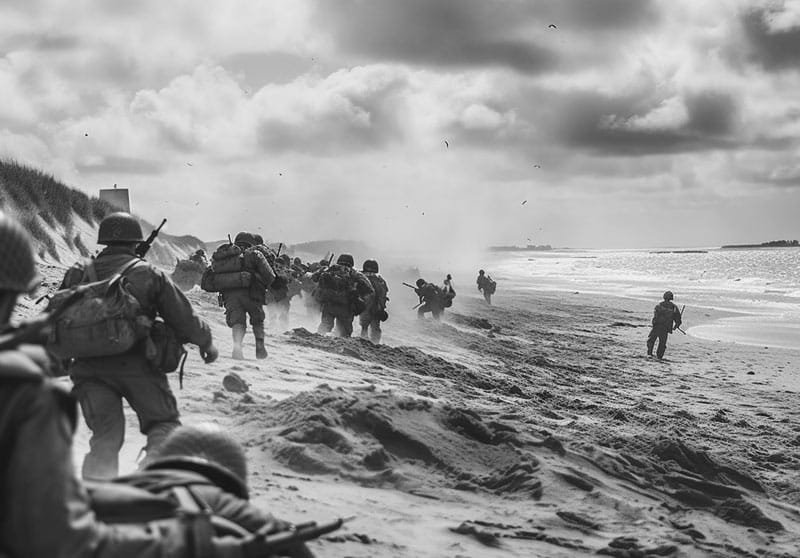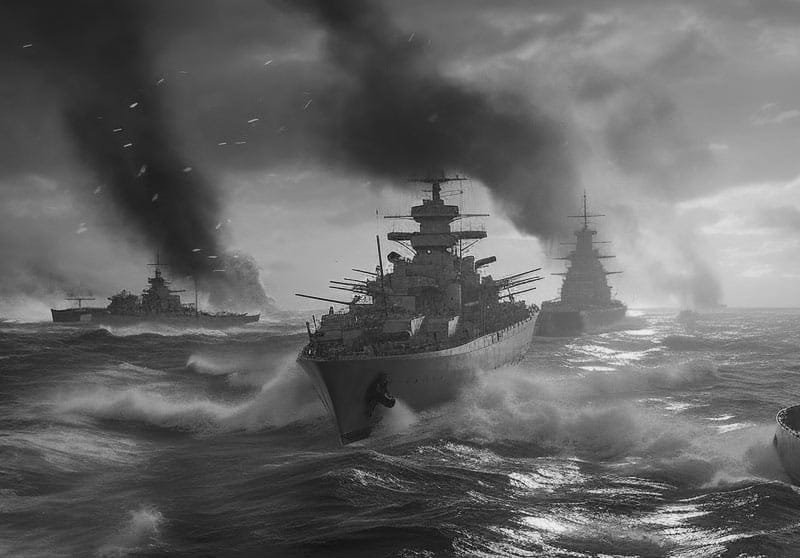Introduction
Today is June 6th, 2023, we’re going to take a closer look at the D-Day operation of June 6, 1944. It was the turning point of World War II. This historic military operation, also known as Operation Overlord, marked a pivotal turning point in World War II. In this article, we will delve into the background, planning, execution, and significance of the D-Day invasion. By reading this piece, you will gain a deeper understanding of the monumental impact of this operation on the course of the war and its enduring legacy.
Background Overview: The Road that lead to D-Day
To comprehend the significance of the D-Day operation, it is crucial to examine the context and events that led to its inception. Here are some key points:
- The Axis stronghold: By 1944, Nazi Germany had established a formidable stronghold in Western Europe, occupying France and other neighboring countries.
- Allied strategy: The Allied forces, led by the United States, Great Britain, and other nations, sought to open a second front in Europe to alleviate pressure on the Eastern Front and liberate occupied territories.
- Planning and coordination: Months of meticulous planning and coordination took place, involving military strategists, intelligence agencies, and political leaders.
Digging in for a closer look, Why was D-Day Necessary?
D-Day, the Allied invasion of Normandy on June 6, 1944, during World War II, was deemed necessary for several strategic reasons:
- Opening a Western Front: By 1944, the Soviet Union had been urging its Western Allies to open a second front in Western Europe. The Soviet Union was bearing the brunt of the fight against Nazi Germany on the Eastern Front, suffering huge casualties. Opening a Western front would force the Nazis to divert resources and manpower away from the Eastern Front, easing pressure on the Soviets and increasing the overall chances of defeating Nazi Germany.
- Liberating Western Europe: Much of Western Europe, including France, was under German occupation. D-Day was the start of a larger plan (Operation Overlord) to liberate these countries and end the Nazi regime’s control.
- Direct Assault on Germany: An invasion through Western Europe provided the quickest, most direct route to Germany’s heartland. The Allies aimed to force an unconditional German surrender by invading and occupying key parts of the country.
- Preventing Further Holocaust Atrocities: Although it was not known to its full extent at the time, information about the Holocaust and the systematic extermination of Jews and other minority groups by Nazi Germany was becoming more evident. The sooner the war could be ended, the sooner these atrocities could be stopped.
- Political Considerations: There were political considerations as well. The Western Allies – the U.S., the UK, and others – wanted to have a significant role in the defeat of Nazi Germany and the shaping of post-war Europe. They didn’t want to leave this to the Soviet Union alone.
Additionally, the reasons behind Germany’s invasion of Europe during World War II were complex and multifaceted, relating to a blend of ideological, strategic, and economic factors:
- Ideological Reasons: Adolf Hitler and the Nazi Party held expansionist ideologies that were rooted in a racist and antisemitic worldview. They believed in the racial superiority of an Aryan master race and sought to create a “Lebensraum” (living space) for this race, which they believed required the acquisition of vast territories in Eastern Europe.
- Revanchism and Treaty of Versailles: The Nazis exploited widespread dissatisfaction in Germany with the Treaty of Versailles, which had ended World War I and imposed heavy penalties on Germany, including loss of territory, disarmament, and reparations. Hitler and the Nazis vowed to reverse the Treaty and restore Germany’s lost territories and prestige.
- Economic Considerations: Germany wanted to exploit the resources of other European nations for its own economic growth and military expansion. The invasions would also enable Germany to secure critical supply lines, most notably, the vast agricultural and industrial resources of Eastern Europe and the Soviet Union.
- Strategic and Security Concerns: Hitler and his military advisors sought to neutralize what they perceived as threats to Germany’s security and territorial integrity. They believed that by invading and occupying other countries, they could prevent them from allying against Germany and could create a buffer zone protecting Germany from potential invasions.
- Establishing German Hegemony: The Nazis aimed to establish Germany as the dominant power in Europe and ultimately in the world. The invasions were a step toward achieving this goal.
- These factors, among others, motivated Germany’s aggressive policies leading to World War II.
Overall, D-Day was a critical part of the Allies’ strategy to defeat Nazi Germany and bring an end to World War II.
Planning and Preparation of Operation Overlord: The D-Day Invasion
The planning and preparation for the D-Day operation involved extensive efforts across multiple fronts. Here are some key aspects:
- Selection of Normandy: Normandy, a region on the northwestern coast of France, was chosen as the primary landing site due to its relative proximity to England and its terrain.
- Deception tactics: The Allies employed elaborate deception tactics, including the creation of a fictitious army, to mislead the Germans about the location and timing of the invasion.
- Logistics and resources: Massive logistical operations were undertaken to assemble the necessary troops, equipment, and supplies for the invasion.
What role did Army General Dwight D. Eisenhower have?
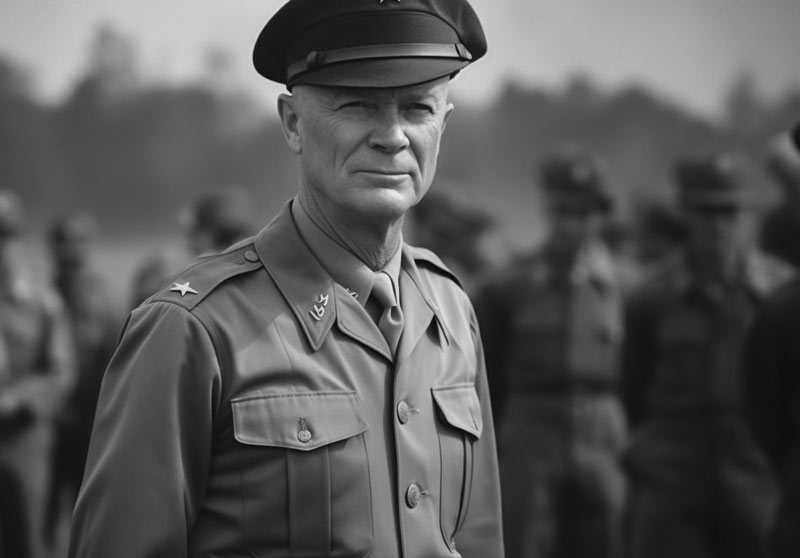
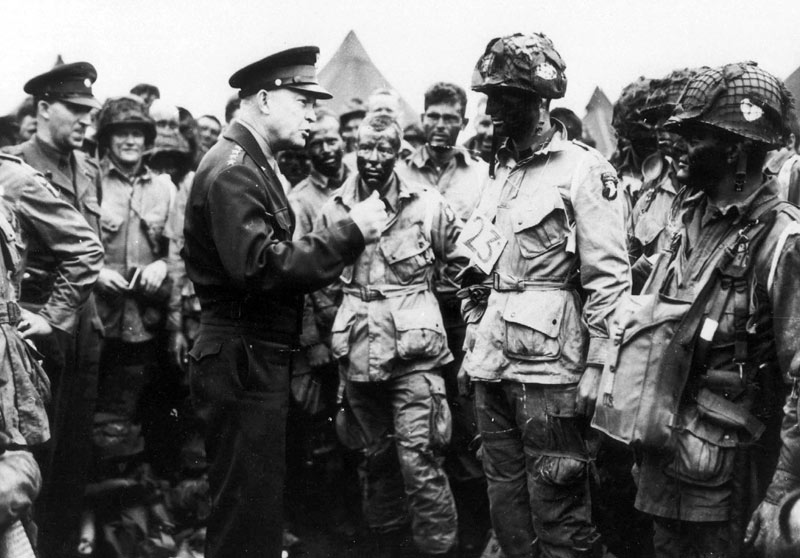
Army General Dwight D. Eisenhower had a crucial role in Operation Overlord, the codename for the Battle of Normandy, which commenced on D-Day, June 6, 1944. He served as the Supreme Commander of the Allied Expeditionary Force in Europe.
The planning and execution of Operation Overlord was a massive and complex undertaking. It involved not just military strategy, but also coordination among different nations and military services, logistics, intelligence, and deception operations. Eisenhower’s role was to oversee all of these aspects and to make key decisions that would determine the success or failure of the operation.
In his role, Eisenhower was responsible for the overall direction and strategy of the operation. He made important decisions such as the final approval to proceed with the invasion despite questionable weather conditions. Eisenhower’s leadership was instrumental in ensuring the various Allied forces worked together effectively towards their common objective.
Operation Overlord marked a turning point in World War II. It began the process of liberating Western Europe from Nazi control. The success of the operation established Eisenhower’s reputation as one of the greatest military leaders of the 20th century.
D-Day, The Invasion
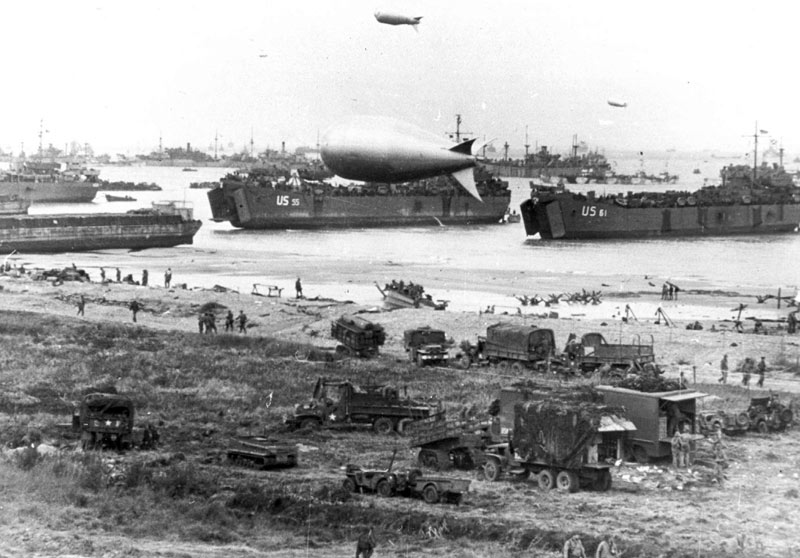
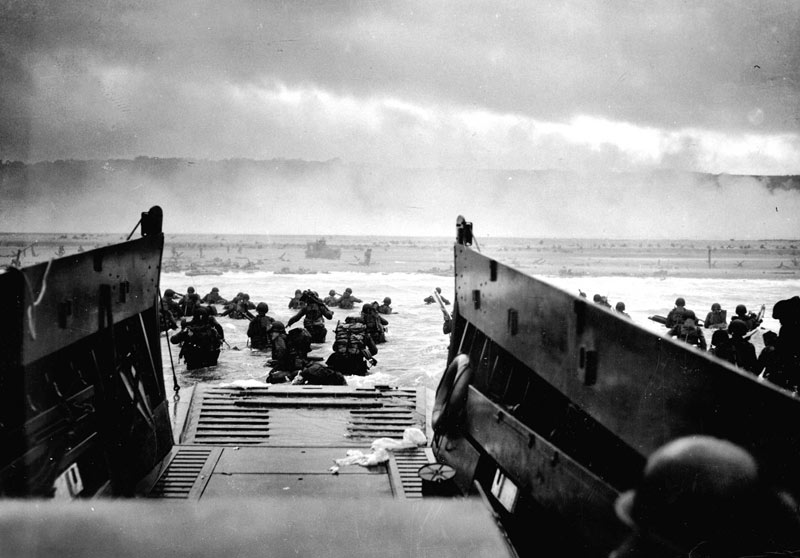
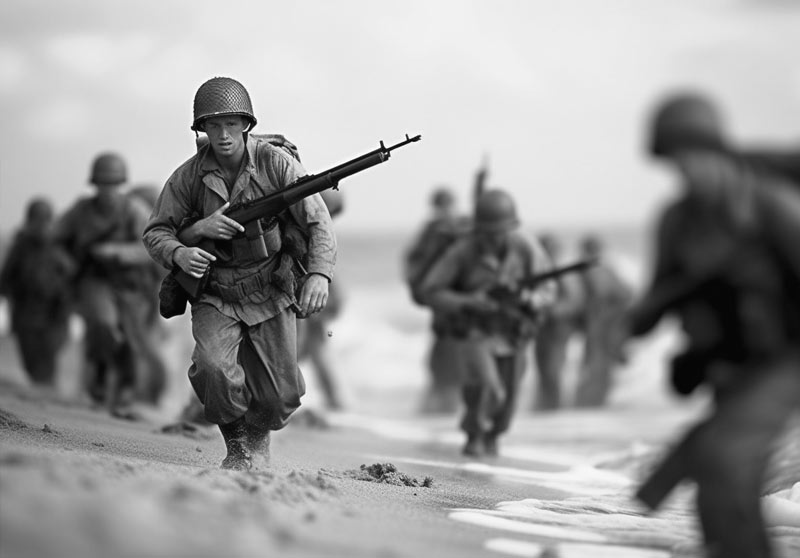
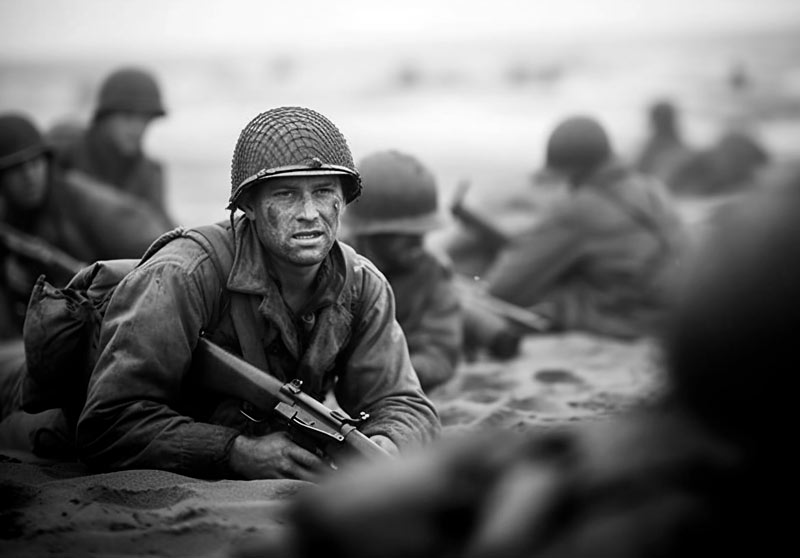
On June 6, 1944, the D-Day invasion commenced with the landing of Allied forces on the beaches of Normandy. Here are the key highlights of the invasion:
- Beach landings: The invasion involved amphibious landings on five designated beaches—Utah, Omaha, Gold, Juno, and Sword—each assigned to different Allied forces.
- Overcoming challenges: The troops faced significant challenges, including fierce German resistance, fortified defenses, and treacherous beach obstacles.
- Air and naval support: The invasion was supported by a massive air and naval operation, including aerial bombardment, paratrooper drops, and naval gunfire.
The Battle for Normandy
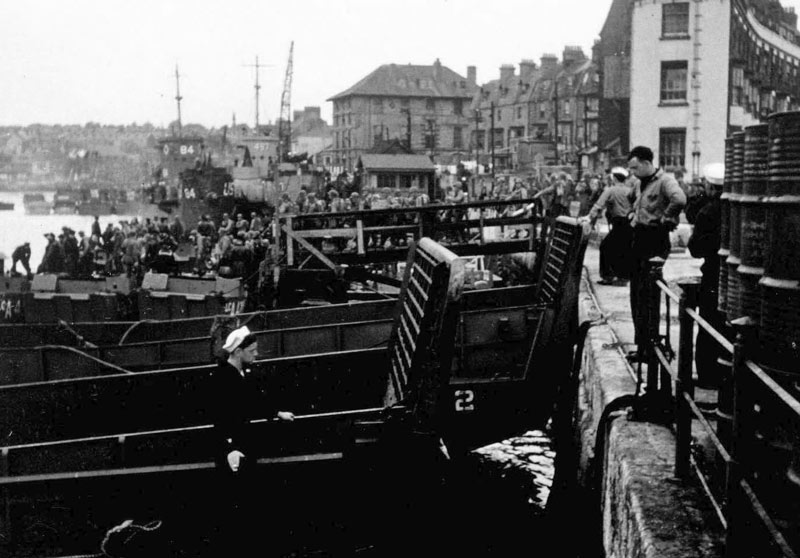
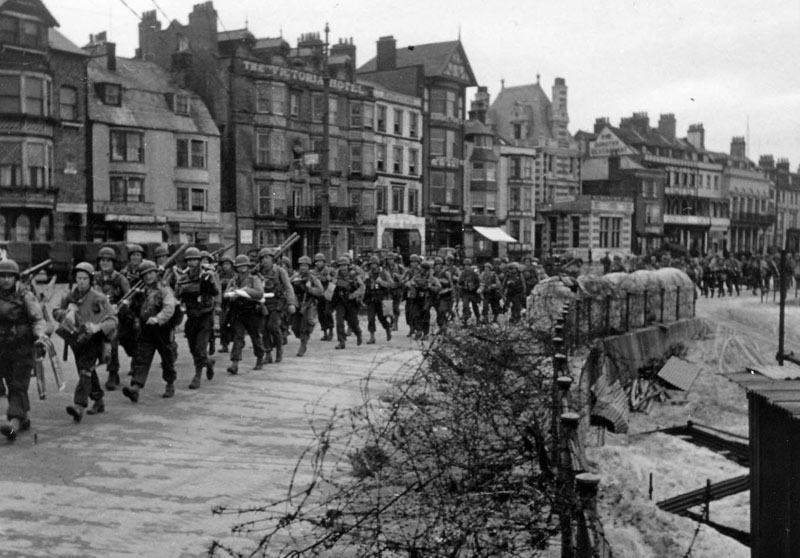
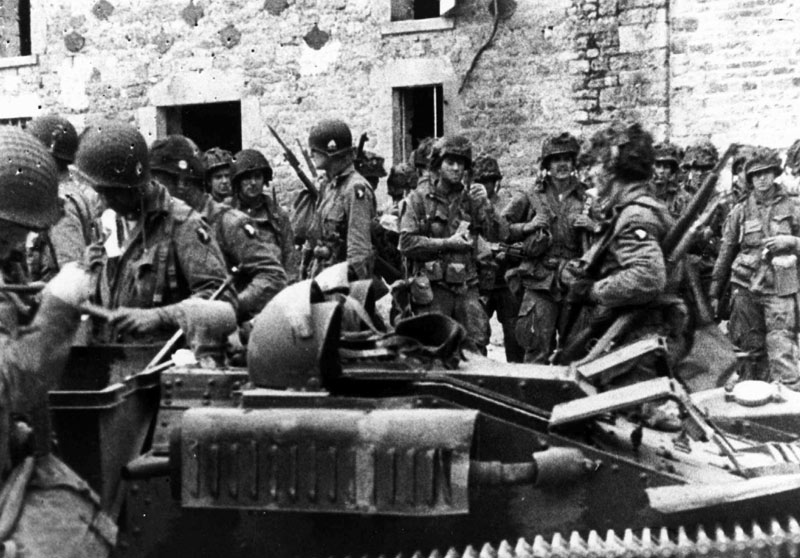
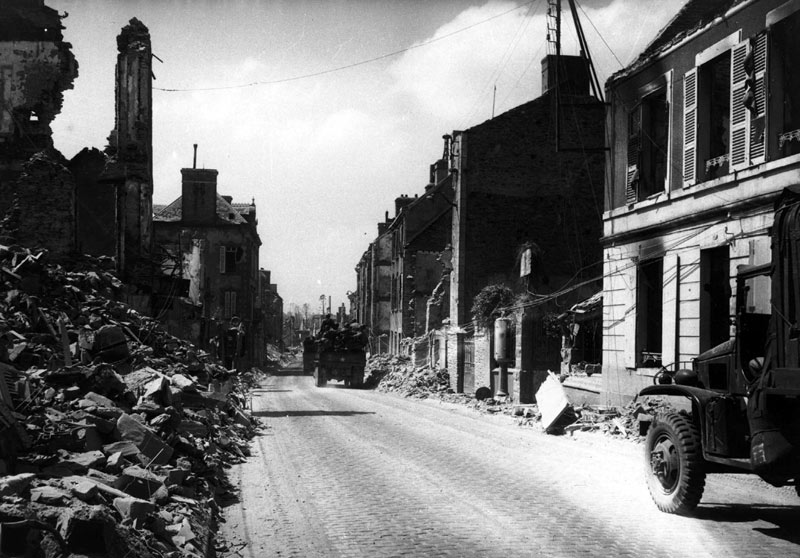
Following the initial beach landings, the battle for Normandy ensued. Here are some notable points:
- Consolidating beachheads: The Allied forces worked to consolidate their positions and expand the beachheads, pushing inland and establishing a foothold in Normandy.
- Breakout and liberation: After weeks of intense fighting, the Allies achieved a breakthrough, launching a successful offensive and liberating occupied territories.
- Allied cooperation: The success of the D-Day operation was the result of close cooperation between the various Allied forces, including American, British, Canadian, and other troops.
The Significance and Legacy of D-Day
The D-Day operation of June 6, 1944, holds immense significance and a lasting legacy in the annals of military history. Here are some key points:
- Turning point of World War II: The successful invasion of Normandy marked a crucial turning point in the war, signaling the beginning of the end for Nazi Germany.
- Liberation of Europe: The D-Day operation paved the way for the liberation of Western Europe from German occupation, ultimately leading to the defeat of the Axis powers.
- Sacrifice and heroism: The D-Day invasion required immense sacrifice from the Allied troops, who displayed unparalleled bravery and heroism in the face of adversity.
- Remembrance and commemoration: The legacy of the D-Day operation is honored through remembrance and commemorative events, ensuring that the sacrifices made by the Allied forces are never forgotten.
Final Thoughts
The D-Day operation of June 6, 1944, stands as a monumental chapter in World War II history. Through careful planning, tremendous bravery, and decisive action, the Allied forces successfully executed one of the most daring military operations of all time. The liberation of Normandy and the subsequent liberation of Europe from Nazi occupation were transformative moments that reshaped the course of the war.
The legacy of the D-Day operation serves as a reminder of the indomitable spirit of those who fought and the price they paid for freedom.
- The Battle of Midway: Turning the Tide in the Pacific - June 7, 2023
- The D-Day Operation of June 6, 1944 - June 6, 2023
- The B-29 that Changed History - June 4, 2023

